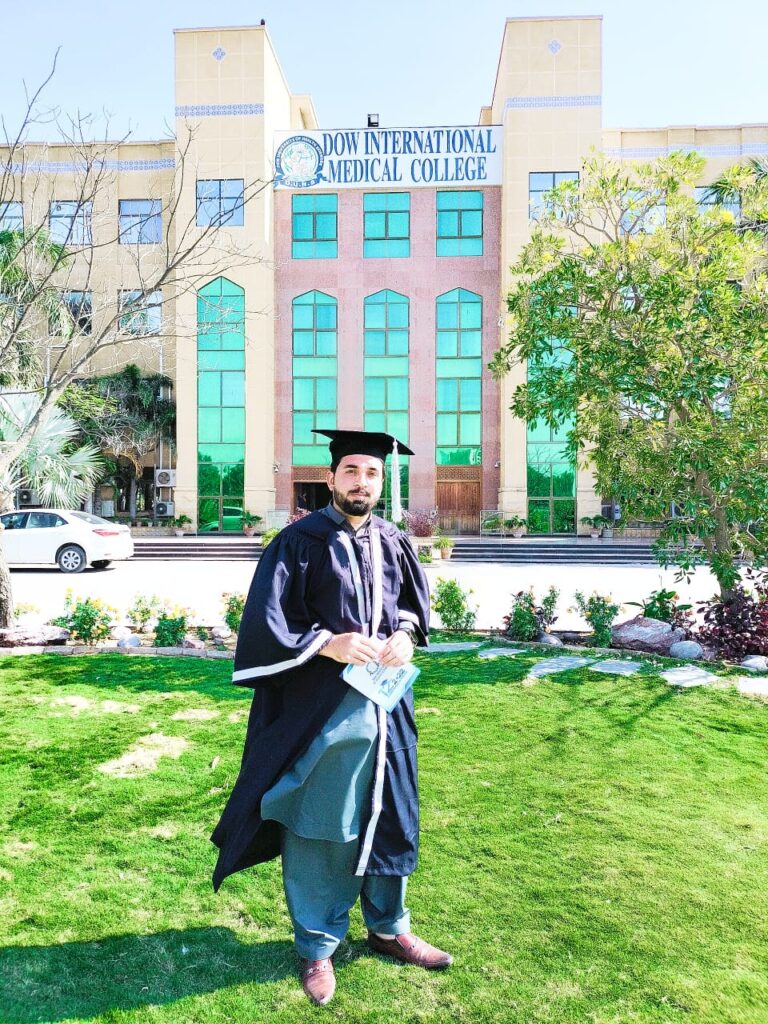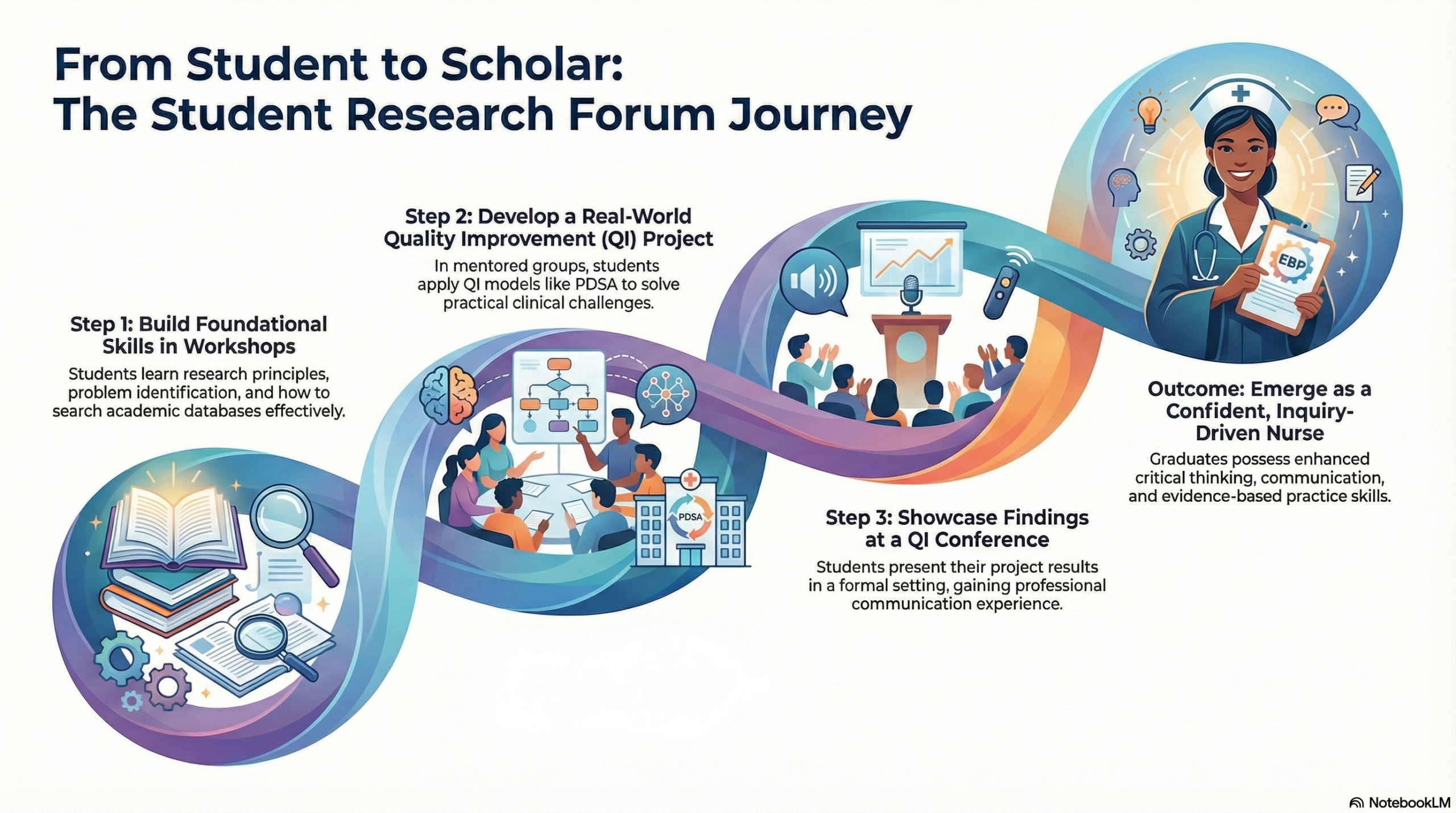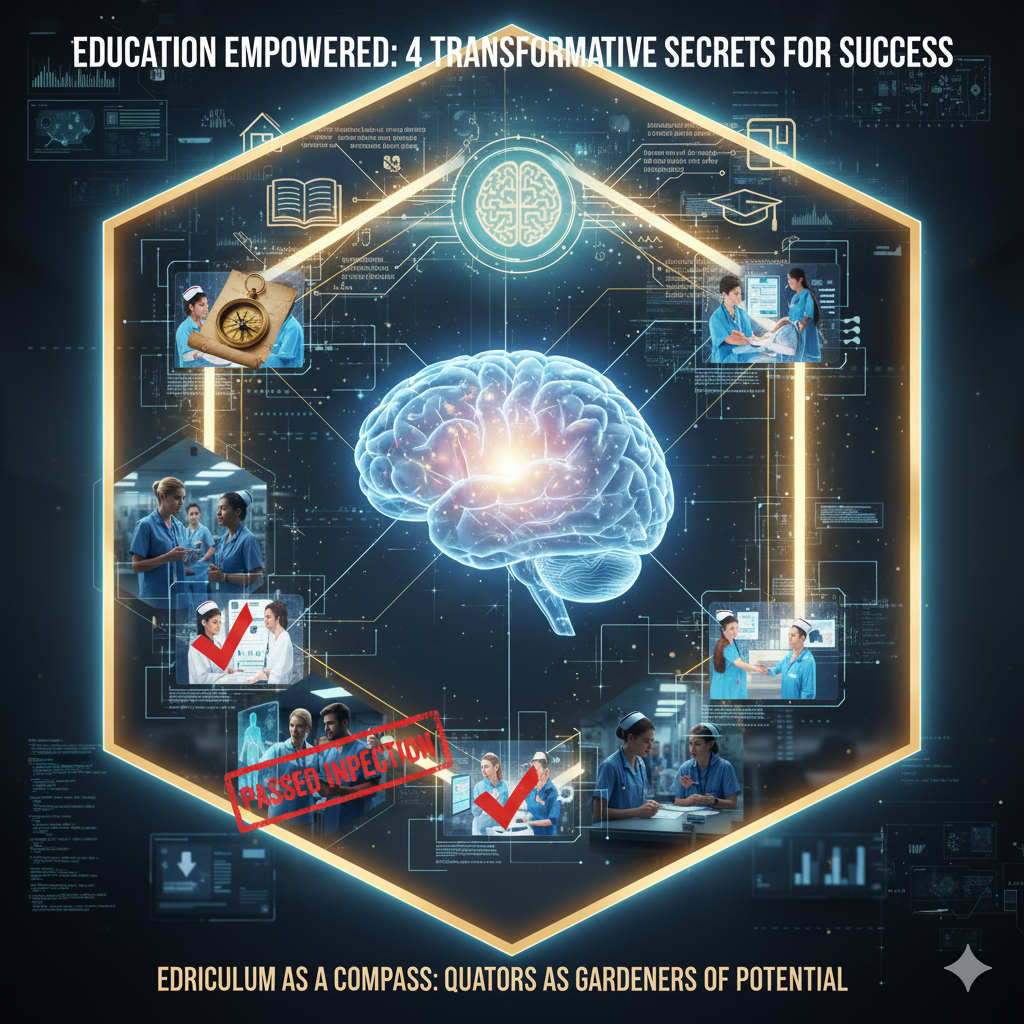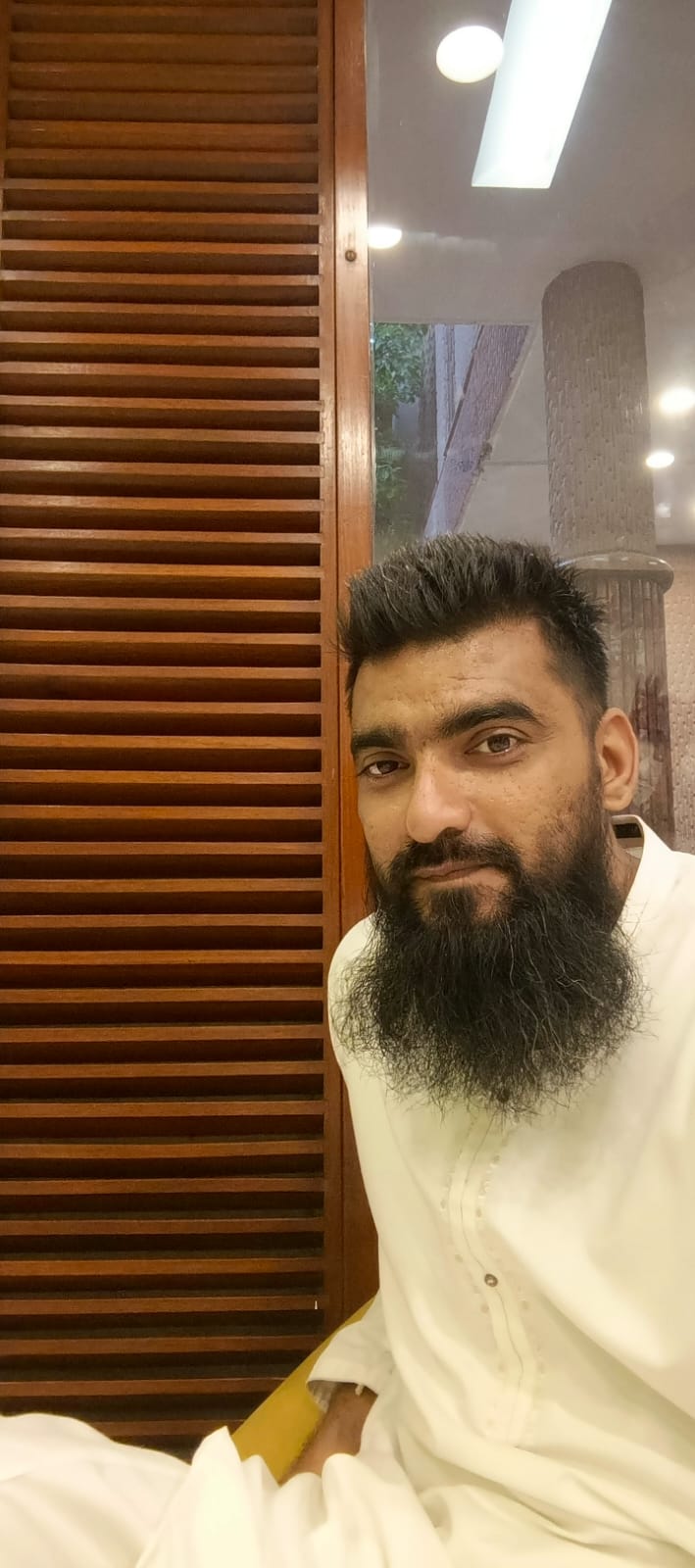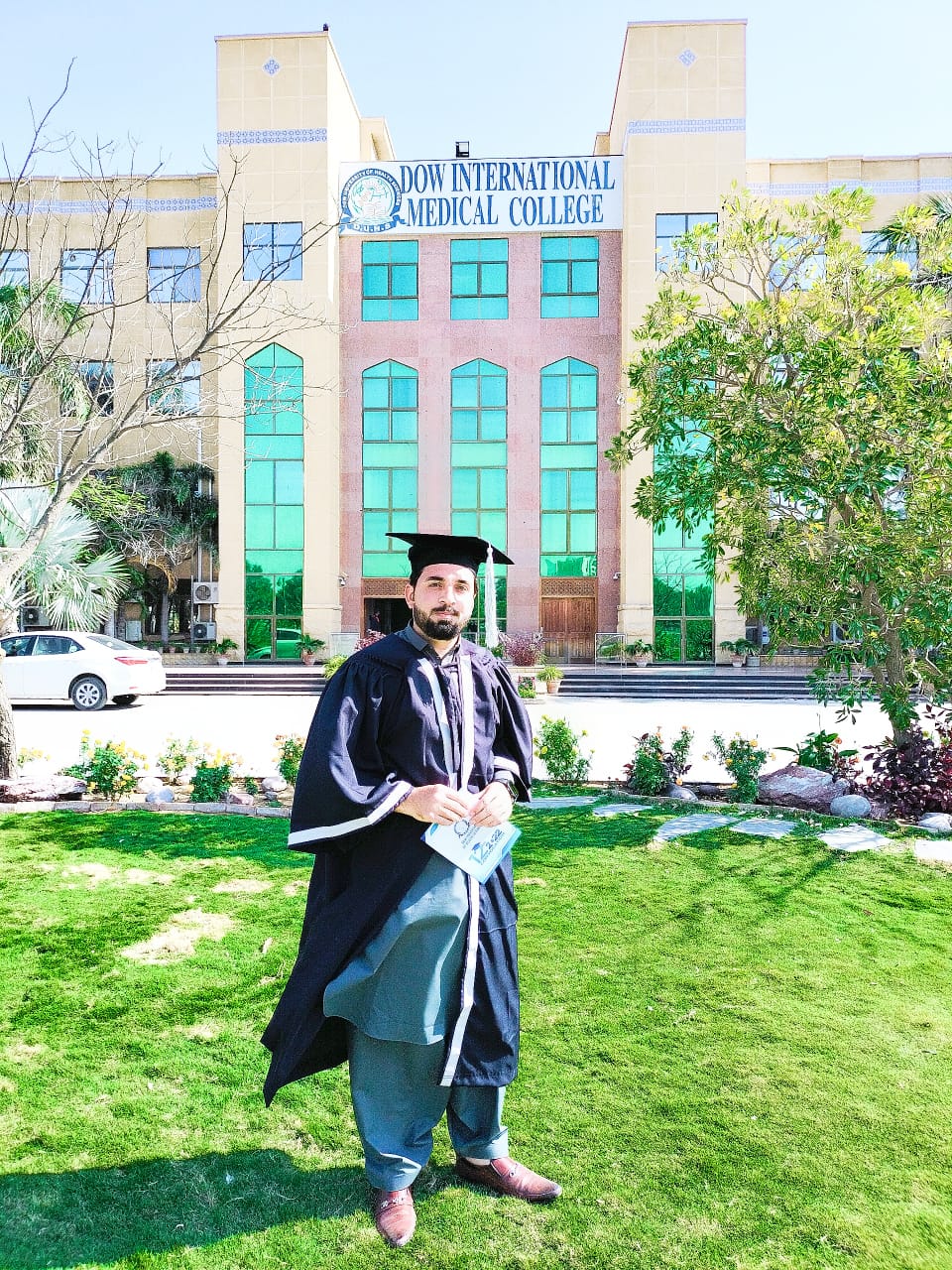

In today’s digital age, mental health challenges are swiftly changing, with one notable
issue being digital burnout, a contemporary but frequently misinterpreted condition. From
healthcare professionals and university students to tech workers and independent contractors,
countless individuals are quietly struggling from prolonged screen time and limited
engagement with nature or physical environments (Aye, Tan et al. 2024) . The extensive
adoption of smartphones, laptops, and tablets has not only changed communication and work
but also greatly increased mental stress. This quiet crisis needs to be tackled to fulfill
Sustainable Development SDG 3, which highlights mental health as a fundamental aspect of
overall wellness de Lima Nardin (2025) .
Digital burnout manifests as fatigue, lowered productivity, sleep issues, anxiety,
irritability, and can also lead to physical problems such as headaches, eye strain, and
musculoskeletal pain. The shift to remote work and online education due to the pandemic
exacerbated the situation. What started as a practical option swiftly evolved into a constant
reality where online interaction is almost inescapable. Expressions such as ‘Zoom fatigue’
have arisen, indicating the mental exhaustion resulting from extended online meetings. Users
are constantly bombarded by notifications from emails, social media applications, and
learning platforms, resulting in what psychologists refer to as ‘technostress’—stress caused by
an overload of digital technology Tuğba Turgut, Okur et al. (2023) .
Research indicates that about 40% of regular digital users experience signs of
burnout, but many consider it an unavoidable trade-off of contemporary life. Although digital
burnout is a worldwide issue, its effects and strategies for dealing with it differ by location. In
South Asian nations such as Pakistan and India, students often balance online classes with
family duties, particularly young women who are typically anticipated to handle caregiving
tasks in addition to their educational responsibilities. This combined pressure increases stress
and allows scant time for relaxation or leisure de Lima Nardin (2025) .
Culturally, mental health remains a sensitive topic in numerous South Asian
communities. Even though they may feel tired, anxious, or depressed, numerous individuals
avoid seeking assistance because of societal stigma. Conversely, in Western countries, while
the conversation about mental health is more transparent, practitioners encounter distinct
challenges, including feelings of isolation, unclear separations between professional and
personal life, and excessive reliance on digital tools. According O’Connor, Muller Neff et al.
(2018) ), tackling mental health in multicultural settings needs culturally aware approaches. In
nations where mental health carries stigma, awareness initiatives based on local values and
languages prove more successful than foreign approaches.
The emergence of COVID-19 signified a shift in dependence on digital technologies.
A research paper named ‘Impact of Remote Work on Stress and Burnout in Indian
Millennials Post-COVID-19 Outbreak’ observed a significant increase in stress, depression,
and anxiety in Indian millennials. The sudden shift to remote work, absence of social
engagement, and societal expectations to remain perpetually productive exacerbated their
mental health issues Gangwar and D’Costa (2021) .
Moreover, extended digital exposure has been associated with neurological and
cardiovascular problems. Ongoing screen exposure interferes with melatonin secretion,
influencing sleep patterns and causing insomnia. Exposure to blue light has been linked to
retinal harm and fatigue. The effects reach beyond the psychological domain, influencing
general well-being and efficiency SDG 3: Good Health and Well-being seeks to ‘guarantee
healthy lives and enhance well-being for everyone at every age.’ Historically, global health
efforts have centered on physical ailments, infectious diseases, and maternal-child well-
being. Nevertheless, the rising occurrence of mental health issues like digital burnout requires
similar consideration. Ignoring digital burnout hinders advancements in attaining SDG 3,
particularly in a world where hybrid work and online learning are expected to continue a
study by multiple expert 21/05/2025) .
Addressing digital burnout necessitates a comprehensive strategy that encompasses
individual, institutional, and governmental levels. On a personal level, self-care techniques
are essential. This involves reducing screen time, participating in physical activities or
outdoor interests, practicing mindfulness or meditation, and ensuring good sleep habits by
steering clear of screens prior to bedtime. Organizations and educational institutions should
implement proactive measures, like enforcing screen breaks, supporting hybrid or flexible
models, promoting digital disconnection after work hours, and offering access to mental
health resources Temitope Fabayo (April 16th, 2025) .
At the policy level, governments ought to incorporate digital well-being into national mental
health initiatives, create awareness campaigns addressing screen time dangers, provide
culturally sensitive mental health services, and fund community-oriented digital health
education. Nations such as South Korea and Finland have begun acknowledging digital
addiction as a public health concern and are enacting interventions accordingly Chung and
Lee (2023) .
Digital burnout is not merely a personal issue—it poses a public health risk that jeopardizes
the mental and physical health of countless individuals. As digital technology increasingly
integrates into our lives, it is crucial to find a balance between connectivity and mental well-
being. Awareness, cultural understanding, institutional backing, and strong mental health
policies are crucial to making sure that digital innovation improves not obstructs our health
and quality of life, achieving the goal of SDG 3 for everyone. (de Lima Nardin 2025)
About the Author
Farhad Ullah is an MSc Nursing student at AKU-SONAM with a BScN degree from Dow University and registered nurse credentials in Pakistan. He has clinical experience in PSCICU in a top-ranked hospital, the Aga Khan University Hospital, Karachi, Pakistan. Certified in BLS, PALS, sadation certificate, and infection control, Farhad also served as a nursing lecturer and instructor. He is committed to patient-centred care, nursing education, and advancing healthcare through compassion and evidence-based practice.
